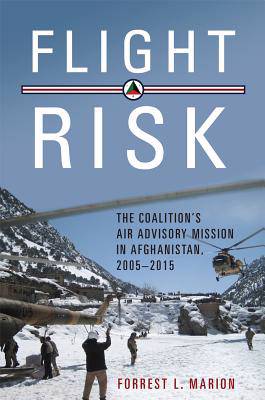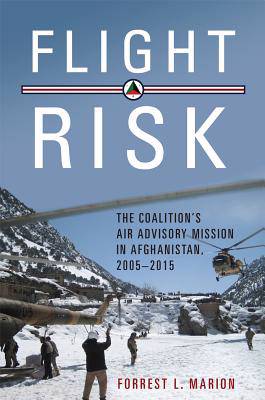
- Afhalen na 1 uur in een winkel met voorraad
- Gratis thuislevering in België vanaf € 30
- Ruim aanbod met 7 miljoen producten
- Afhalen na 1 uur in een winkel met voorraad
- Gratis thuislevering in België vanaf € 30
- Ruim aanbod met 7 miljoen producten
Zoeken
€ 47,45
+ 94 punten
Omschrijving
From the 1920s Afghanistan maintained a small air arm that depended heavily upon outside assistance. Starting in 2005, the United States led an air advisory campaign to rebuild the Afghan Air Force (AAF). In 2007 a formal joint/combined entity, led by a U.S. Air Force brigadier general, began air advisor work with Afghan airmen. Between 2007 and 2011, these efforts made modest progress in terms of infrastructures, personnel and aircraft accessions, and various training courses. But by 2010, advisors increasingly viewed AAF command and control (C2) as a problem area that required significant improvement if a professional air force was to be built. In the spring of 2011, major institutional changes to AAF C2 procedures were being introduced when nine U.S. air advisors were killed. The attack was the worst single-incident loss of U.S. Air Force personnel in a deployed location since 1996 and the worst insider-attack since 2001. From the day of that tragic event, the cultural chasm between Afghanistan and the West became more apparent. This dilemma continues with no end in sight to an air advisory mission of uncertain long-term value.
Specificaties
Betrokkenen
- Auteur(s):
- Uitgeverij:
Inhoud
- Aantal bladzijden:
- 376
- Taal:
- Engels
- Reeks:
Eigenschappen
- Productcode (EAN):
- 9781682473368
- Verschijningsdatum:
- 15/10/2018
- Uitvoering:
- Hardcover
- Formaat:
- Genaaid
- Afmetingen:
- 160 mm x 234 mm
- Gewicht:
- 725 g

Alleen bij Standaard Boekhandel
+ 94 punten op je klantenkaart van Standaard Boekhandel
Beoordelingen
We publiceren alleen reviews die voldoen aan de voorwaarden voor reviews. Bekijk onze voorwaarden voor reviews.











